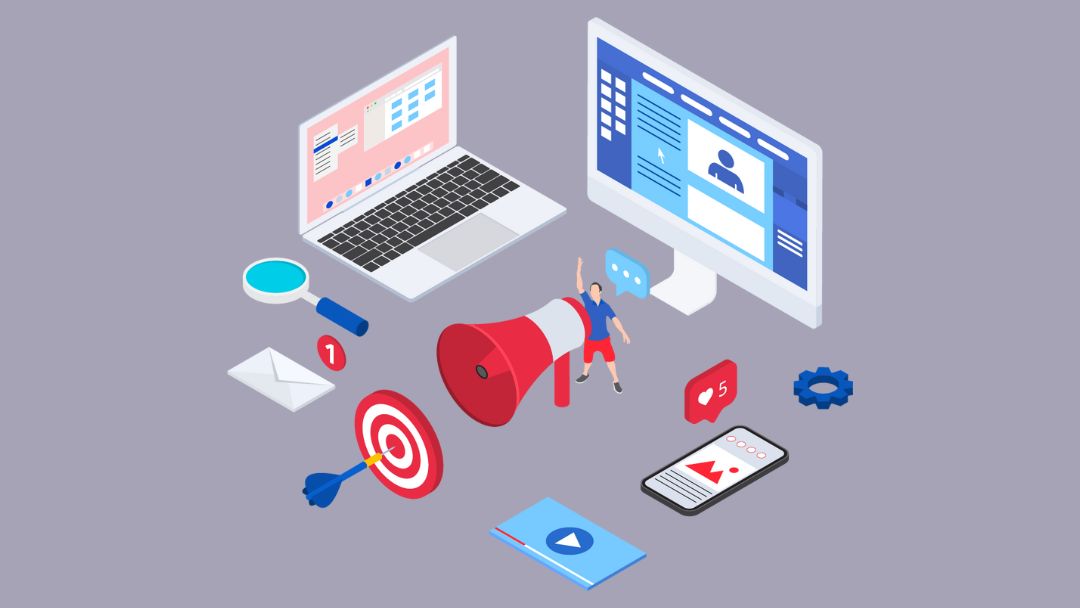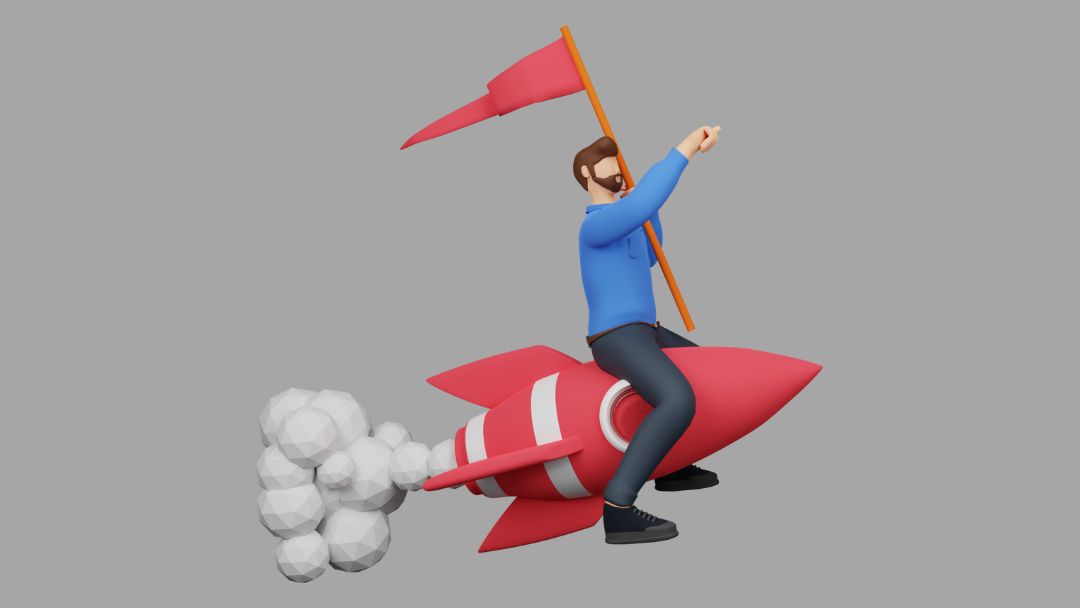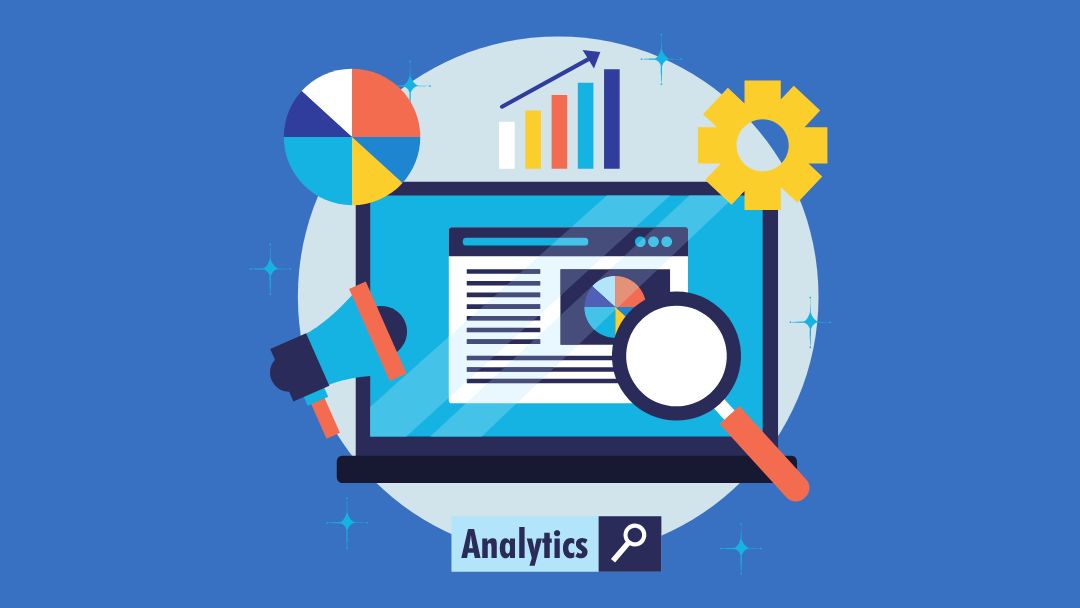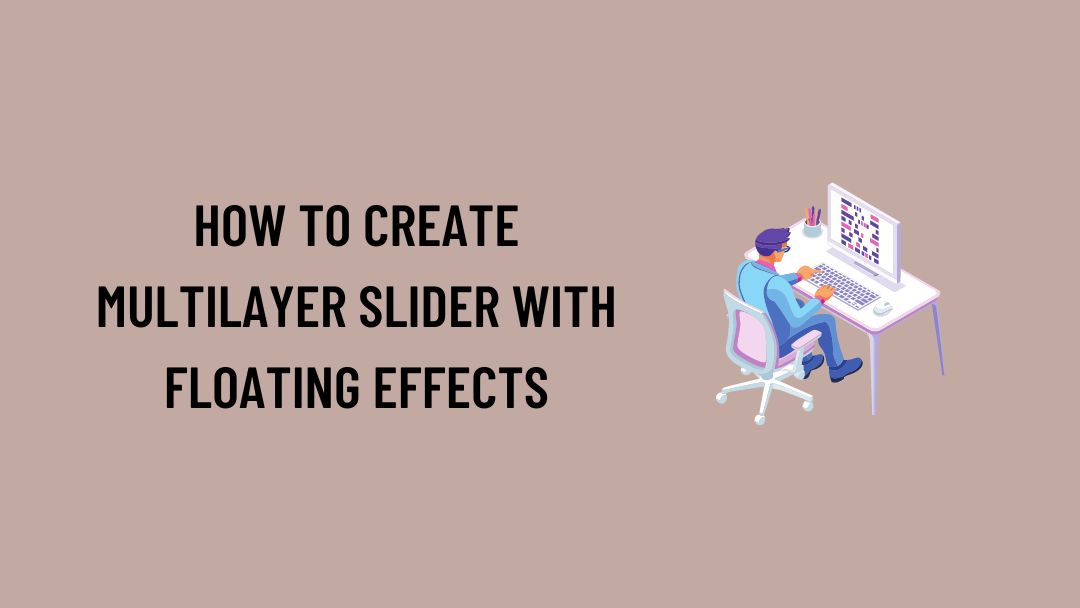Are you looking to build a scalable web application with WordPress but don’t know where to start? You’re not alone. WordPress is a powerful...
Developing an eye-catching, user-friendly Shopify store design is essential for driving conversions and customer engagement. However, it can be difficult to know where to begin.
We’ve created this guide to provide you with the best practices and critical insights to help you make an effective storefront. In this guide, we’ll cover every aspect of Shopify store design, such as selecting a suitable theme, optimizing your layout to improve navigation across all platforms, and creating a solid brand identity.
Whether you’re a beginner or an expert looking to spruce up your existing store, we have some Shopify website design ideas to give your Shopify store precisely what it needs! Let’s get started!
Table of Contents
1. Choosing the best Shopify theme for your store

Choosing the theme for your Shopify store design is a big decision that can have a significant effect on how well your online business does.
Here are some tips to help you pick the best theme
Think about your brand
Your theme should show who you are and what you like. Look for a theme that fits with the look and feel of your brand.
Responsive Design
Look for a Shopify website design that adapts to different screen sizes and devices. This is called a “responsive design”. It is very important to give your customers a good user experience.
Ability to make modifications
Look for a theme that lets you change colors, fonts, layouts, etc. It will let you make a store that is unique and different from those of your competitors.
Check out the ratings and reviews of the theme
Look for themes that have been rated and reviewed well. It can give you an idea of how easy it is to use and how reliable it is.
Consider your budget
On Shopify, you can choose from themes that cost money or are free. Find out how much you can spend on a theme that fits your budget. Keep in mind that paid themes usually have more features and ways to change them.
Test the theme
Before you make your theme official, you can preview it on your store to see how it looks. It will help you understand how it looks and how it works.
According to BuiltWith, the best Shopify themes among users were Shopify Custom Theme, Debut, Dawn, Impulse, and Prestige. Most Shopify merchants prefer to use their custom themes over pre-made options, as it can be challenging to find a theme that caters to your every need.
Debut, unlike the previous option, is a fan favorite due to its simplicity and ready-to-use design. However, it might not be a good match for a better-established vendor who wishes to showcase a more comprehensive catalog of products, and on the other side of the coin, not everyone can afford to build their theme from scratch. It is where themes like Dawn, Impulse, and Prestige come into play. These themes come with a varied, expandable, and customizable setup that you can build upon.
Bear in mind that regardless of its popularity within the platform, it’s important to pick out a theme based on your unique store needs rather than its market acceptance.
2. Take Care of your Website Design
Home Page
The home page of your Shopify store is the first thing that people who visit it will see. Because of this, it is important to make a home page that looks good and gets the message of your brand across.
Here are a few things to think about when making your home page
- Keep it simple and clean – Don’t use too many graphics or animations on your home page. Instead, focus on making a Shopify store design that is clean, simple, and easy to use.
- Draw attention to your products or services – Put your best-selling items or services on your home page to get people’s attention. Use high-quality pictures and interesting text to get people to look around more.
- Make it easy to find your way around – Have a simple navigation menu so that people can quickly find what they’re looking for. Also, add a search bar to make it easy for people to find the products or services they are looking for.
Product Page/Service Page
The actual decision to buy is made on the product or service page. So, it’s important to make a product page that effectively shows how valuable a product or service is.
Here are some things to keep in mind while designing your product page
- Use high-quality images: Include several high-quality images of your product or service from different angles so that visitors can get a clear idea of what they are buying.
- Write compelling product descriptions: Use persuasive language to describe your products or services and point out their unique selling points.
- Include social proof: Add customer reviews and ratings to your product page to help visitors trust you.
Collection Page:
The collection page is where visitors can look at all of your products or services.
Here are some things to keep in mind while designing your collection page
- Organize your products: Put them into categories and subcategories to make it easier for visitors to find what they want.
- Use high-quality images: Put high-quality images of your products on your collection page so that people can see what they are looking at.
- Make it easy to filter products: Add filters to your collection page so that visitors can sort products by price, size, color, etc.
Checkout Page
Visitors finish their purchases on the checkout page. So, it’s important to make a checkout page that is easy to use and reduces the chance that a customer will leave their cart.
Here are some things to think about when making your checkout page
- Keep it simple and clean: Don’t add distractions or information that isn’t needed to your checkout page. Keep things simple and focus on getting the purchase done.
- Offer more than one way to pay: Give your customers more than one way to pay on the checkout page so they have a choice and are less likely to leave their carts.
- Add trust signals: To build trust with your visitors, add trust signals to your checkout page, such as SSL certificates, security badges, and customer reviews.
3. Take a Look at your Website Speed

The speed of a website is very important to the Shopify success rate. If their websites take too long to load, they risk losing customers.
Importance Of Fast Loading
The importance of having fast-loading webpages is evident. The Google data shows that a mobile website takes about 22 seconds to load on average. Also, if it takes longer than three seconds, 53% of visitors leave the page, and a three-second delay in response time causes a 7% drop in conversions.
Choose the Right Theme
When choosing a theme for your Shopify store, you want to make sure it’s been optimized for fast loading times. Simple designs with few extra images and animations load faster than themes with lots of images and animations. You can also find themes that improve speed and performance in Shopify’s theme store.
Image optimization
Images are often the main reason why websites take a long time to load. To make sure your images are as efficient as possible, consider compressing them while keeping their original quality. There are online tools that are made to do this (e.g., TinyPNG).
Cut down on code
If you want your website to load faster, get rid of any comments, extra spaces, and line breaks that aren’t needed. You can make HTML, CSS, and JavaScript files smaller by using tools for minification.
Invest in a Content Delivery Network (CDN)
With a CDN, you work with a network of servers that stores your visitors’ content and sends it to them from the closest server. By putting the server closer to the visitor, you can speed up the time it takes for a web page to load. Both Shopify and third-party companies like Cloudflare offer CDN services.
Remove Unnecessary Plugins
Plugins can add a lot of code to your website, which can slow it down. Remove all unnecessary plugins that have never been used or don’t make sense in the context of your site.
4. Make sure your website navigation is easy to use

Website navigation is an important part of making a good Shopify store design, as it can have a big effect on the user experience and, in turn, on sales. Studies have shown that 25% of users leave their shopping carts because the website is hard to use or unclear.
Also Read: How to start a Shopify store in Simple steps – Beginner Friendly
Why Navigation Is Important
A navigation system that is well-organized and easy to use can make the user experience better, making it more likely that customers will find what they need and increasing sales. When designing your Shopify store, it’s important to pay close attention to how your website’s navigation is set up and structured.
Follow these shopify tips and tricks for design to make your online store’s navigation system easy to use and well-organized:
Keep it simple
Choose simple menu labels that make it easy for customers to find the information they need. Limit the number of menu items or subcategories so that customers don’t feel overwhelmed.
Use labels that are clear
Choose clear tags for each menu item so that customers know what to expect when they click. Don’t use vague words because they can make it hard for people to shop on your website.
Use dropdown menus
If you have a lot of categories or subcategories, dropdown menus can make it easier and less confusing for people to navigate your website.
Add a search bar
A search bar will make it easier for users to find specific items quickly. Make sure to put it in a place where everyone can easily find it.
Analyze & Test
After using all of the Shopify tips and tricks for the design mentioned above, it’s important to look at and test the Shopify store design of your store to make sure it works.

Here are some examples
- Google Analytics: This powerful tool can give you useful information about how people use your website. With metrics like bounce rate, conversion rate, and time spent on site, you can see which parts of your Shopify store design are working and which ones need work.
- A/B Testing: Using tools like Optimizely or VWO to make two versions of your Shopify store and test them with different groups to see which one works best is a good way to make your Shopify store work better.
- Feedback from Customers: Ask customers directly what they think about the way your store looks, and then use surveys or feedback forms to make changes. It will help you figure out what customers like and don’t like about it, so you can make changes.
- Keep an eye on social media: Check social media to see how customers feel about the way your store looks. Look for mentions of your brand and use the information you find to make changes.
5. Some Shopify store design tips to keep in mind
Add all Policies in the Footer
Adding company policies to the footer of your Shopify store shows customers that you are responsible and trustworthy. Adding company policies to the footer page gives customers easy access to important store information.
Detailed information on Privacy Policy, Return Policy, Shipping Policy, and Terms & Conditions makes potential buyers more confident when shopping with you.
Keep your inventory up-to-date
Managing your product inventory is critical to ensure that your customers are provided with accurate information about each item’s availability. You should pay close attention to when products come into stock, and some of your items go out of stock and update the inventory accordingly.
It will help to prevent customer dissatisfaction or confusion resulting from out-of-stock items. In addition, you should use top-quality images and descriptions for all products on offer – this will improve customers’ confidence in buying.
Use High-Quality Product Images and Content
Product images and descriptions are vital for increasing sales. Quality matters here – ensure that your photos show all the details of your products, and make sure that you create accurate and compelling descriptions.
It’s essential to provide customers with the information they need to make an informed decision about their purchase. High-quality images and detailed product descriptions can differentiate between a sale and a no sale!
Use “Load more” instead of endless scrolling
Continuous scrolling destroys the user experience and makes navigation aimless. Implementing the “Load More” option keeps customers engaged and makes it easy to use for them to get more information.
This way, customers can quickly find what they need while maintaining an organized structure as they navigate your website. By providing an intuitive user experience, you’ll be sure that your customers have an enjoyable time while shopping with you.
Conclusion
A well-developed Shopify store design is a must to keep customers interested and get more sales. Key elements include choosing a theme that fits with your brand’s values, making a clean and simple home page that highlights your best-selling products or services, designing a product page that effectively communicates the value of your offering, organizing products into categories and subcategories on the collection page, and making an easy-to-navigate checkout page.
Speed is also essential, so choose a theme that loads quickly and optimize your images. By following these best practices, you can make a Shopify store that looks good, is easy to use, and does well.
If you have any questions, don’t be afraid to get in touch with us.
Also, Read Our Related Blogs:


